Search Images
Browse Content (p. 771)

Image
Floor Structure, Lepenski Vir
Flooring structure of a residential house with the hearth at Lepenski Vir - an ancient settlement on the right bank of the Danube in eastern Serbia; c. 9500/7200 – c. 5500 BCE
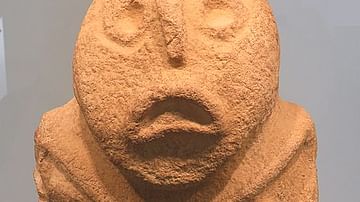
Image
Progenitrix Sculpture, Lepenski Vir
Progenitrix (Serbian Cyrillic: Прародитељка) is a sculpture dating back from c. 6300 – c. 5900 BCE found at Lepenski Vir (Serbia). Today, it is the symbol of Lepenski Vir. (Lepenski Vir Museum)

Image
The Family Founder Sculpture, Lepenski Vir
The Family Founder (Serbian Cyrillic: Родоначелник) is a quartz sandstone sculpture dating back from c. 6300 – c. 5900 BCE found at Lepenski Vir (Serbia). (Lepenski Vir Museum)
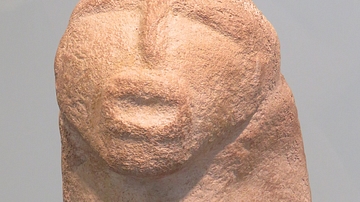
Image
Adam Sculpture, Lepenski Vir
A quartz sandstone sculpture dating back from c. 6300 – c. 5900 BCE found at Lepenski Vir (Serbia). (Lepenski Vir Museum)

Image
Gold Medal of Mary I of England
A 1555 CE gold medal showing Mary I of England (r. 1553-1558 CE). (British Museum, London)

Image
Philip II of Spain & Mary I of England
A 1558 CE painting by Hans Eworth showing Philip II of Spain (r. 1556-1598 CE) and Mary I of England (r. 1553-1558 CE) who were married from 1554 CE until Mary's death in 1558 CE. (Woburn Abbey Collection, England)

Image
Mary I of England by Master John
A portrait by Master John of Mary I of England (r. 1553-1558 CE), aged around 28. (National Portrait Gallery, London)
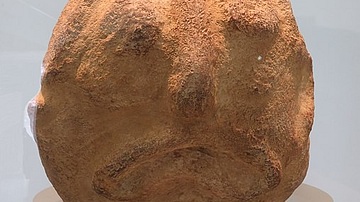
Image
Danubius Sculpture, Lepenski Vir
A quartz sandstone sculpture dating back from c. 6300 – c. 5900 BCE found at Lepenski Vir (Serbia). (Lepenski Vir Museum)
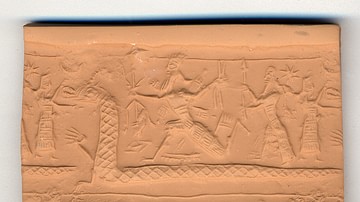
Image
Neo-Assyrian Cylinder Seal Possibly Depicting Tiamat as a Serpent
The seal may illustrate a scene from the epic of creation in which the forces of chaos, led by Tiamat, are defeated by a god representing cosmic order, probably Ninurta.
900 BCE - 750 BCE
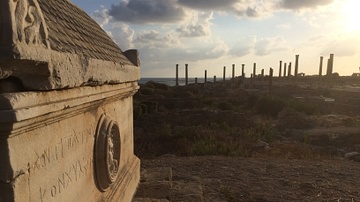
Image
The Greek Ruins in Tyre
The ruins of the Greek colony of Tyre 'Týros', and the sarcophagus of Antipater (c. 399-319 BCE), modern-day Lebanon.